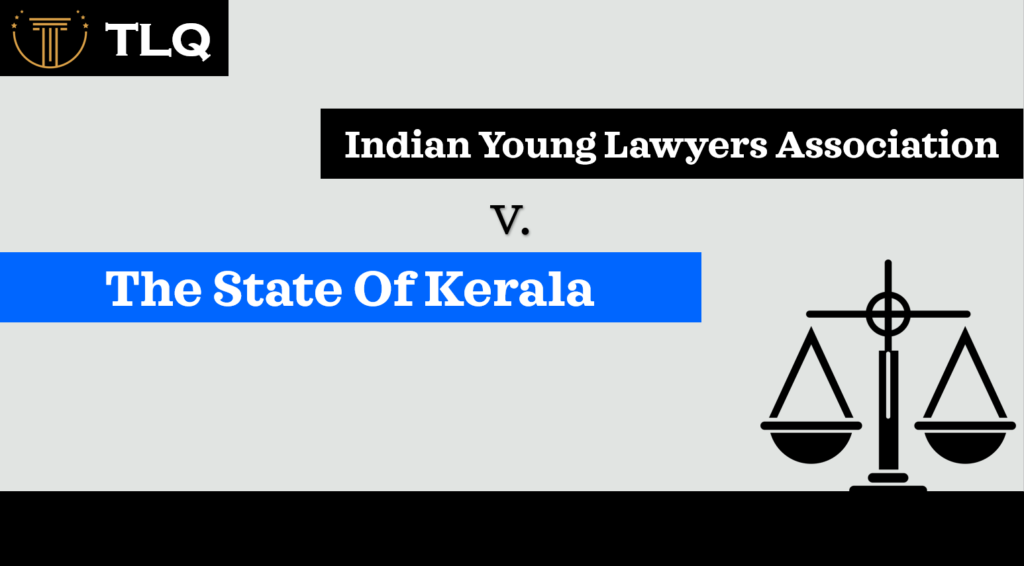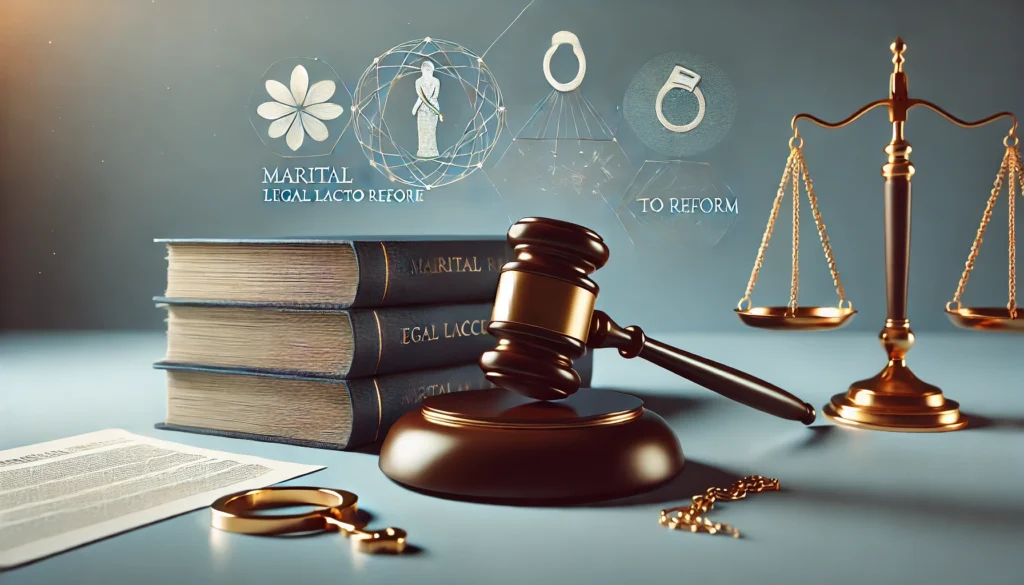Published on 04th September 2025
Authored By: Sampada Neupane
National Law College, Tribhuvan University
Citation:
NKP 2052, Vol. 1, p. 462 (1995)
Court:
Supreme Court of Nepal
Bench:
Hon`ble Trilok Pratap Rana
Hon`ble Laxman Prasad Aryal
Hon`ble Gobinda Bahadur Shrestha
Date of Judgment:
2052 B.S. (1995 A.D.)
Relevant Legal Provisions
The relevant legal provisions include the Constitution of the Kingdom of Nepal, 2047 (1990), which under Article 26(4) guarantees every person the right to live in a clean and healthy environment, and under Article 88(2) provides for Public Interest Litigation (PIL) to protect such rights.[1] Additionally, environmental jurisprudence recognizes key principles such as the Polluter Pays Principle, which holds polluters accountable for environmental damage, and the Principle of Sustainable Development, which balances economic growth with environmental protection. Furthermore, the Right to Environment is considered an integral aspect of the Right to Life, emphasizing the fundamental importance of a healthy environment for human well-being.[2]
Brief Facts
The petitioner, Surya Prasad Dhungel, filed a Public Interest Litigation (PIL) before the Supreme Court of Nepal, challenging the operation of Godavari Marble Industries Pvt. Ltd., which was engaged in marble mining in the Godavari region, a rich ecological zone situated in the southern periphery of the Kathmandu Valley.
Dhungel contended that the industrial activities being undertaken by the respondent were causing severe environmental degradation, including deforestation, disruption of biodiversity, and destruction of the natural landscape. The Godavari region is not only home to diverse flora and fauna but is also a crucial watershed area and a vital ecological zone.
The petitioner claimed that the operation of the marble industry violated Article 26(4) of the Constitution, which guarantees the right of individuals to live in a clean and healthy environment, and urged the Court to intervene in the interest of environmental justice and public welfare.
Issues involved
- Whether the operation of the marble industry in the Godavari area infringed upon the constitutional right to a clean and healthy environment.
- Whether a public-spirited citizen, not personally aggrieved, could file a Public Interest Litigation for the enforcement of environmental rights.
- Whether the State had fulfilled its constitutional obligation to regulate and control environmentally hazardous industrial activities.
Arguments of the Parties
Petitioner’s Submissions:
The petitioner argued that unregulated marble mining in the Godavari region had caused severe ecological damage, disrupting the delicate balance of this environmentally sensitive area. The mining operations, conducted without proper oversight, led to deforestation, soil erosion, water pollution, and loss of biodiversity, adversely affecting local ecosystems and communities dependent on natural resources. The petitioner emphasized that the State had failed in its constitutional obligation to protect the environment by not conducting mandatory Environmental Impact Assessments (EIA) before issuing mining licenses. This oversight violated national environmental laws and international principles of sustainable development, including the Precautionary Principle, which mandates preventive action in cases of potential environmental harm.
Furthermore, the petitioner contended that the right to a clean and healthy environment is a justiciable fundamental right under Article 26(4) of the Constitution of Nepal (1990), which guarantees every citizen the right to live in a pollution-free environment. Since the State and private entities had neglected this duty, their actions (or inactions) amounted to a violation of constitutional rights, warranting judicial intervention. The petitioner also invoked international environmental jurisprudence, citing cases where courts in other jurisdictions had recognized environmental protection as an extension of the right to life.
To ensure broader access to environmental justice, the petitioner urged the Court to liberalize the doctrine of locus standi in public interest environmental cases. Traditionally, only directly affected parties could file cases, but the petitioner argued that Public Interest Litigation (PIL) should be allowed so that public-spirited individuals and organizations even if not personally harmed could challenge environmentally destructive activities. This approach aligns with global trends in environmental litigation, where courts have relaxed standing requirements to allow civil society to act as guardians of ecological welfare.
Respondent’s Submissions:
In response, the mining company and the State defended their actions, arguing that the marble mining operations were legally sanctioned under valid government-issued licenses. They claimed that all necessary legal and procedural formalities had been followed and that the industry was operating within the bounds of existing regulations. The respondents also highlighted the economic benefits of mining, including job creation for local communities, infrastructure development, and revenue generation for the government, which contributed to regional growth.
On the issue of standing, the respondents contended that the petitioner lacked locus standi since he was not directly affected by the mining activities. They argued that only those with a personal legal grievance should be permitted to file cases, as unrestricted PILs could lead to frivolous litigation and hinder industrial progress. Additionally, they asserted that there was no conclusive scientific evidence linking the mining operations to significant environmental harm, suggesting that the petitioner’s claims were based on speculation rather than empirical data.
The respondents also questioned the urgency and proportionality of the petitioner’s demands, arguing that existing regulatory mechanisms were sufficient to address any environmental concerns. They proposed that mitigation measures and gradual reforms rather than abrupt restrictions would balance economic development and environmental protection more effectively.
Judgment and Final Decision[3]
The Supreme Court of Nepal delivered a landmark and progressive judgment in favor of the petitioner, setting a crucial precedent for environmental protection. The Court recognized the right to a clean and healthy environment as an enforceable fundamental right under Article 26(4) of the Constitution, affirming its justiciability. It further declared Public Interest Litigation (PIL) admissible in environmental cases, ruling that petitioners need not demonstrate personal injury to seek judicial intervention and thereby liberalizing locus standi to promote broader public participation in environmental justice.
Emphasizing the State’s constitutional and moral duty to safeguard the environment for both present and future generations, the Court issued mandatory directives to the Government of Nepal, including:
- Conducting Environmental Impact Assessments (EIA) before approving any environmentally sensitive industrial or mining activities;
- Reviewing and monitoring existing industrial licenses granted without proper environmental scrutiny; and
- Implementing necessary legislative and administrative measures to protect ecologically fragile zones like Godavari from unsustainable exploitation.
This judgment reinforces the polluter pays principle and sustainable development, ensuring that environmental considerations remain central to Nepal’s development policies. By upholding the right to a healthy environment as an intrinsic part of the right to life, the Supreme Court has strengthened constitutional environmentalism and set a benchmark for future environmental litigation in Nepal.
Ratio Decidendi
The Supreme Court articulated that:
- The right to environment is an intrinsic part of the right to life and dignity guaranteed by the Constitution.
- Environmental protection is a public interest obligation, and PILs serve as a necessary legal mechanism to ensure judicial oversight where government inaction may harm public welfare.
- Economic development must be harmonized with ecological sustainability, echoing the principle of sustainable development.
- The precautionary principle and polluter pays principle are implicit in constitutional environmental governance.
Conclusion
This case stands as a milestone in Nepalese environmental jurisprudence. It laid the foundation for judicial environmental activism, catalyzed legislative reforms (including the enactment of the Environmental Protection Act, 2053), and broadened the scope of constitutional rights through an environmentally conscious lens. The Court’s decision affirmed that environmental rights are justiciable, and the State is accountable for preventing ecological harm.
References
[1] Sudarshan Singh, नेपाल कानून पत्रिका, Nkp.gov.np (2025), https://nkp.gov.np/full_detail/8618 (last visited Jun 27, 2025).
[2] Suray Prasad Sharma Dhungel v. Godavari Marble Industries and others, WP 35/1992 (1995.10.31) – ELAW: Environmental Law Alliance Worldwide, Elaw.org (2023), https://elaw.org/resource/nepal-suray-prasad-sharma-dhungel-v-godavari-marble-industries-and-others-wp-351992-19951031 (last visited Jun 27, 2025).
[3] Id.




